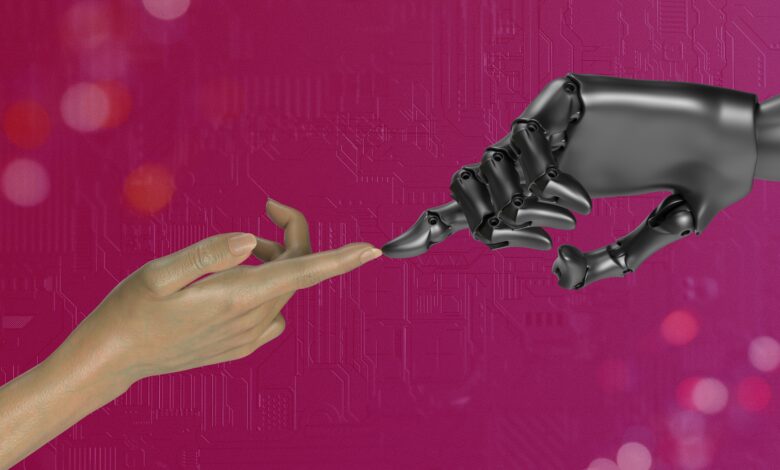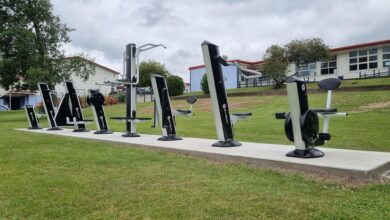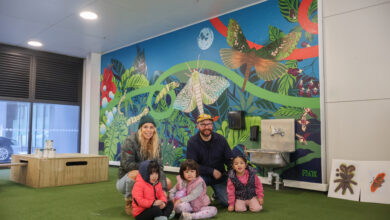Responsible integration of AI into the classroom
Banning AI won’t cut it, says one science teacher. So how can schools and teachers encourage ethical applications of the technology?

Education has been grappling with the rise of Artificial Intelligence (AI) since it became widely accessible.
Students’ inappropriate use of AI to cheat, and complete exams, has repeatedly made headlines in New Zealand and overseas. Many educators and institutions lack the infrastructure and training to cope with AI in schools, and in some cases outright bans have been implemented.
Read the latest print edition of School News online HERE.
But many educators, including Alana Duckett, head of science at Rosehill College, believe an outright ban isn’t the solution. In fact, an outright ban may actually incentivise inappropriate use, says Ms Duckett. Additionally, banning AI is time-consuming and costly, as schools need to invest into AI scanning software which may not always be reliable.
“When students go out into the world, they’re going to encounter AI in whatever field they go to. Businesses are using AI more and more too, so I think as teachers, it’s our responsibility to teach students how to use AI appropriately.
“It’s something we need to work out as a nation. How are we going to teach our kids about AI, and the risks and benefits of using it?”

At Rosehill, Ms Duckett says she hears students talk about using ChatGPT to outsource their work. She says it highlights the need for schools to be teaching and learning about the technology itself – its potential uses and limitations. But she admits that schools may not yet have the understanding or resourcing to do so.
“Students need to understand that getting something to do the thinking for you defeats the purpose… it’s a fine line between using AI to support what you’re doing versus using it to do the job for you.”
Ms Duckett says she would like to see guidelines around AI-use written into assessment conditions.
“In an ideal world, [an AI] programme needs to be developed and integrated into the curriculum. But finding the space and time is difficult. So for me personally, it’s about having those conversations and not trying to shut down the students.”
Currently, Ms Duckett uses an AI developed by an edtech company which gives her students automated feedback. Students run a programme with an AI tutor, where they input answers and the AI generates more detailed feedback than Ms Duckett would have time to do personally. The technology has been trained on specific exam rubrics, which means the feedback is tailored and relevant. The instant feedback has been really positive for student learning, says Ms Duckett, who says the programme is an example of how AI can be used appropriately. She says she often mediates the feedback generated by the programme, using her professional opinion and judgement to guide teaching and learning.
“AI can only generate answers and feedback based on what is already in its database… it’s even more important to teach kids the value of critical thinking so they don’t fall down the trap of thinking that AI will do everything for them.”
Currently, teachers can access a variety of resources around AI use, both for students and for teachers. The Ministry of Education (MoE) and NCEA have guidelines around AI use, as does AI education organisation New Zealand AI. More guidelines are in progress, says acting hautū (leader) Curriculum Centre at MoE, Pauline Cleaver.
Despite bans, the technology doesn’t appear to be going anywhere soon, and AI is being increasingly adopted across the education sector. In England, new guidance to teachers says they can use AI to automate “routine tasks”. In Australia, up to 60 percent of students have self-reported using AI, and in New Zealand, small, informal surveys have indicated widespread uptake by both teachers and students.









